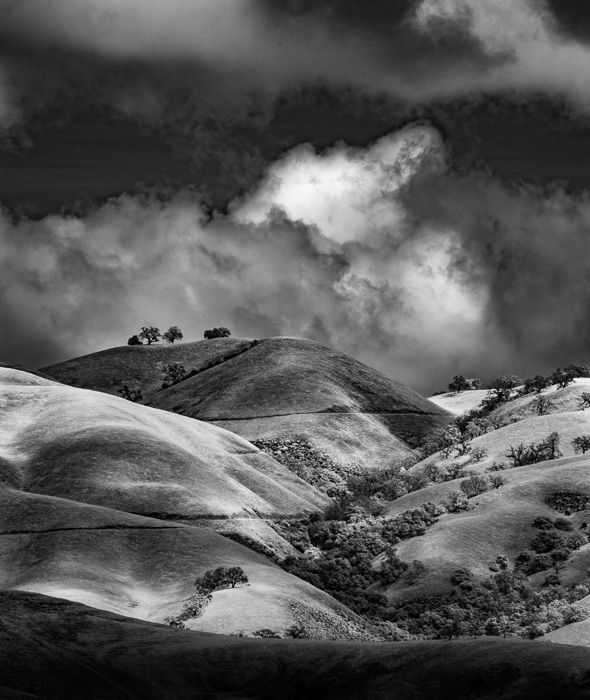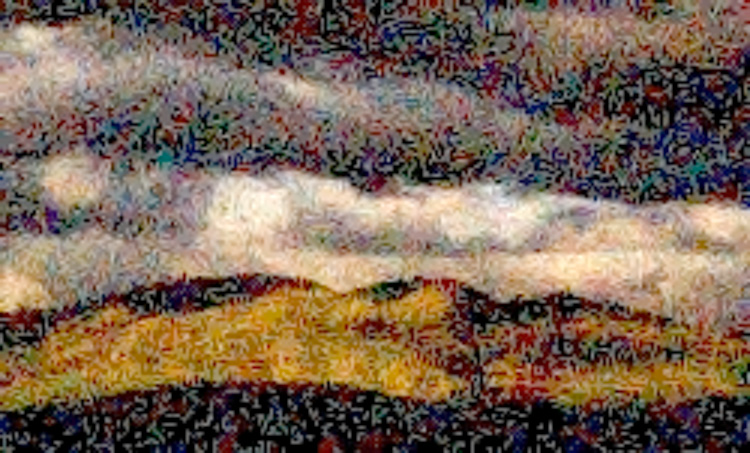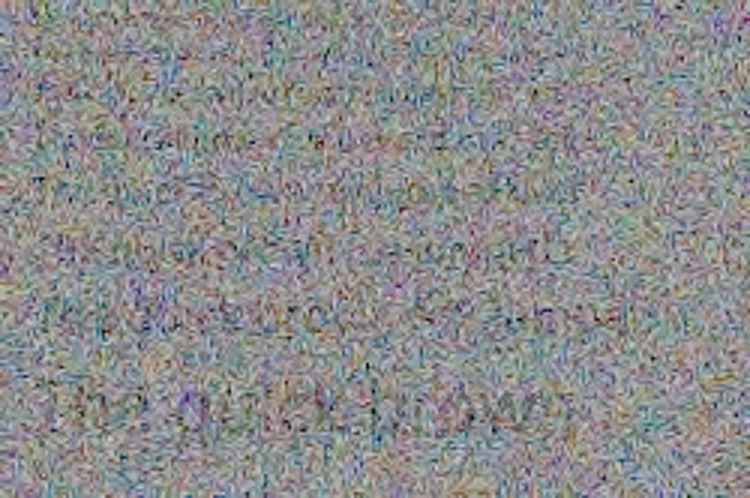This is a continuation of a series of posts that I started what seems like a long time ago about getting a book designed and published. The series starts here. We’ve agreed that we’re taking the page stock from 100 pound text to 65 pound cover, which will, we hope, pull the book flatter, and… [Read More]
Archives for 2016
A book report — page flatness and glue
This is a continuation of a series of posts that I started what seems like a long time ago about getting a book designed and published. The series starts here. I’ve been working with Jerry Takigawa, and representatives from both Hemlock (the printer) and Roswell (the bindery) on how to get the pages to lie… [Read More]
Image noise and print size
In conjunction with their annual photographic contest, the Weston Scholarship Fund is having an exhibition on May 5, and they’ve invited some guest photographers to participate. Gina Weston emailed me my invitation a few weeks ago. Last week I printed the picture. All guest work will all be matted to 16×20 inches, so I wanted… [Read More]
Dither and image detail, natural scene
For the past few days, I’ve been trying to determine — yet again, with new criteria — how much read noise is necessary to properly dither an analog to digital converter of a given precision. Specifically, I’m trying to figure out what the relationship is between dither and quantizing precision when resolving detail is the… [Read More]
Dither and image detail, low contrast
Yesterday and the day before, I wrote a post aimed at discovering the relationship between dither and quantizing precision when resolving detail was the main criterion. The conclusion was that, just as for the avoidance of posterization (see here, here, and here), half a least-significant bit (LSB) was enough noise for most purposes. For critical… [Read More]
- « Previous Page
- 1
- …
- 30
- 31
- 32
- 33
- 34
- …
- 61
- Next Page »


